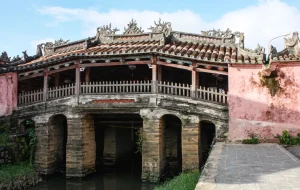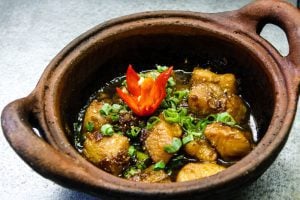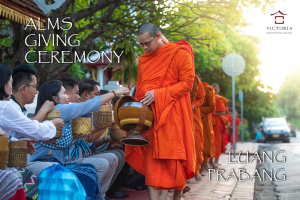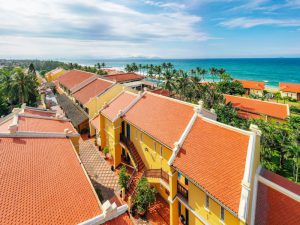A large part of Hoi An’s irresistible charm are the dozens and dozens of boutiques that line its pedestrian-friendly Ancient Town.
From chic homeware to kitschy souvenirs, Hoi An is truly a shopper’s delight at any budget.
Part of Hoi An’s legacy as a robust shipping port in the 15th and 16th centuries remains in the many craftsmen that choose to call Hoi An home. While you can see hands busy making everything from leather goods and intricate wood carvings to embroidered masterpieces and delicate pottery, what Hoi An is now best known for is its dozens, even hundreds, of tailor shops.
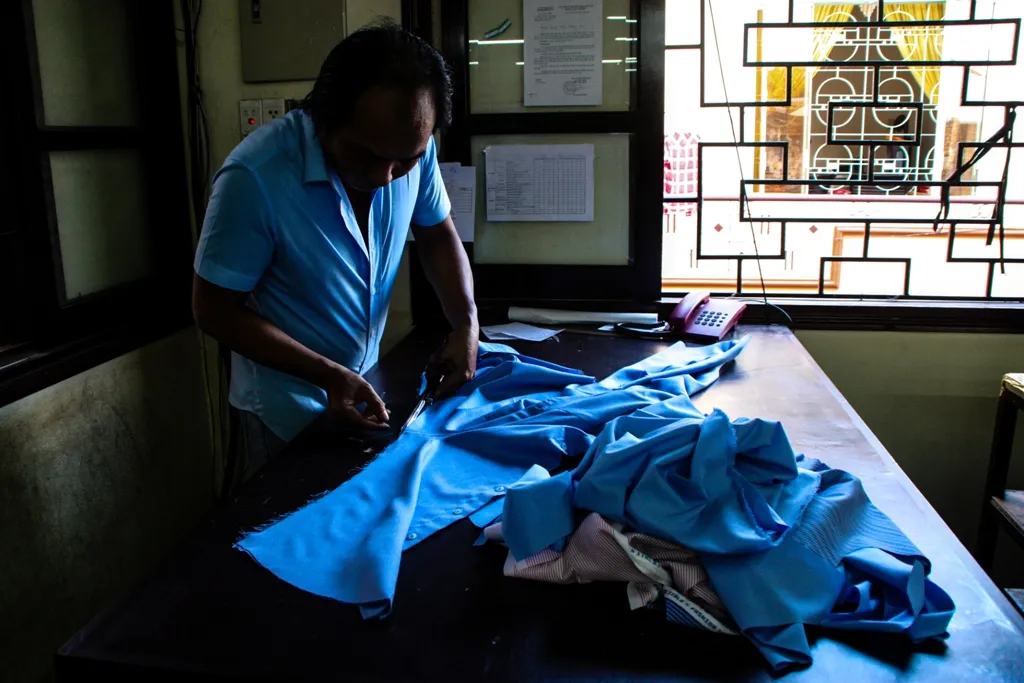
Some estimate that there are upwards of 300 tailor shops in the small town, ranging from tiny mom-and-pop establishments to spacious air-conditioned showrooms and everything in between.
The sheer level of competition coupled with the volume of visitors having clothing made added to the specialization of the tailors (a suit, for example, may pass through five different people, each specializing in just one skill: measuring, cutting, tailoring, ironing, and finishing) means that visitors to Hoi An can come away with beautifully tailored clothing for a fraction of the price they’d pay back home.
While quality and prices vary greatly depending on the shop, the fabric and your bargaining skills, here’s our guide to getting tailored clothing made in Hoi An.
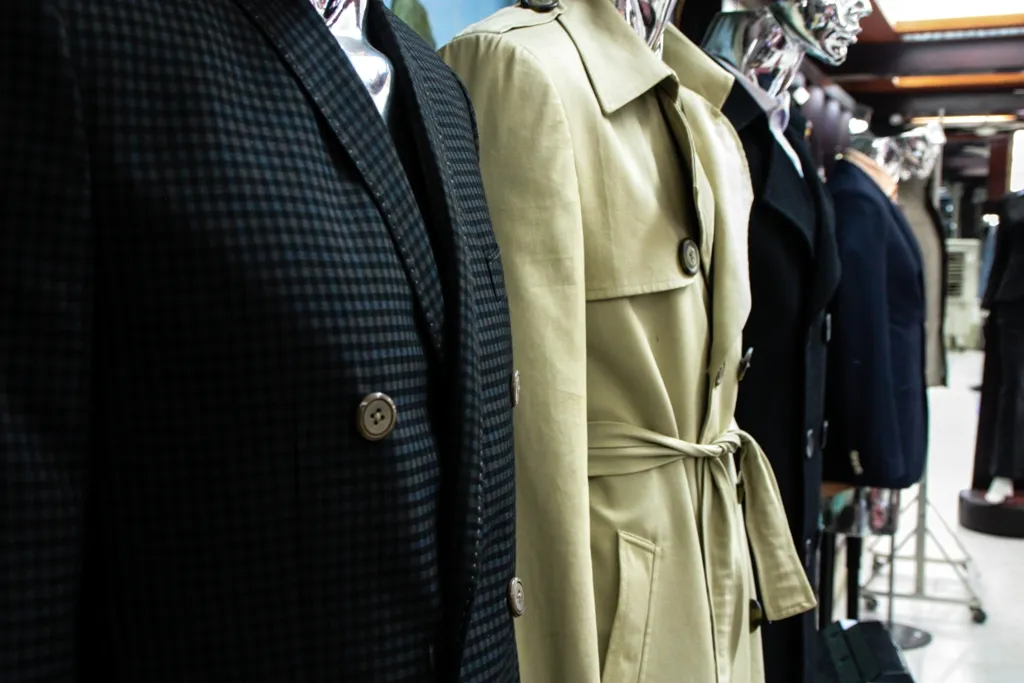
1. Come prepared. While shops will have a limited selection of ready-made clothes, the tailoring business is all about bespoke garments. You’re much more likely to have a garment you’re happy with if you have some type of model for the tailors to follow. That could be:
-
- An item of clothing you absolutely love and want to get replicated in the same or different fabrics
- One of the items on display around the shop
- Something you’ve picked out of a catalogue (either in the tailor shop or previously). A physical image or a link to the image works equally well. Most shops will have a large stack of catalogs to go through. Save yourself some time and have something already picked out!
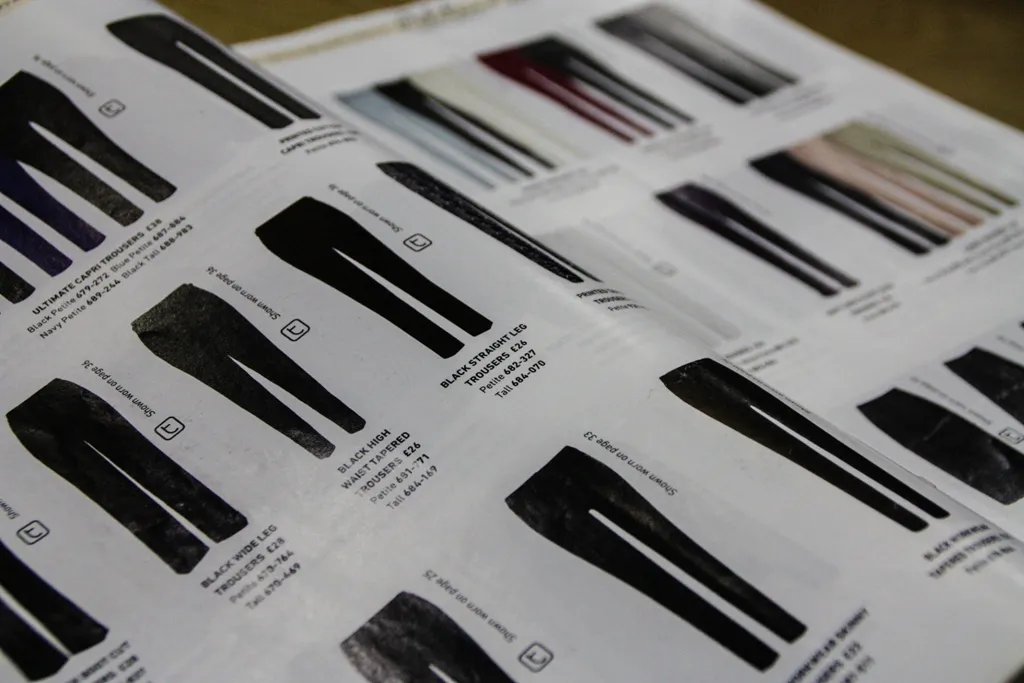
Larger shops may even have displays showing you all the options available, from cuffs to collars and everything in between!
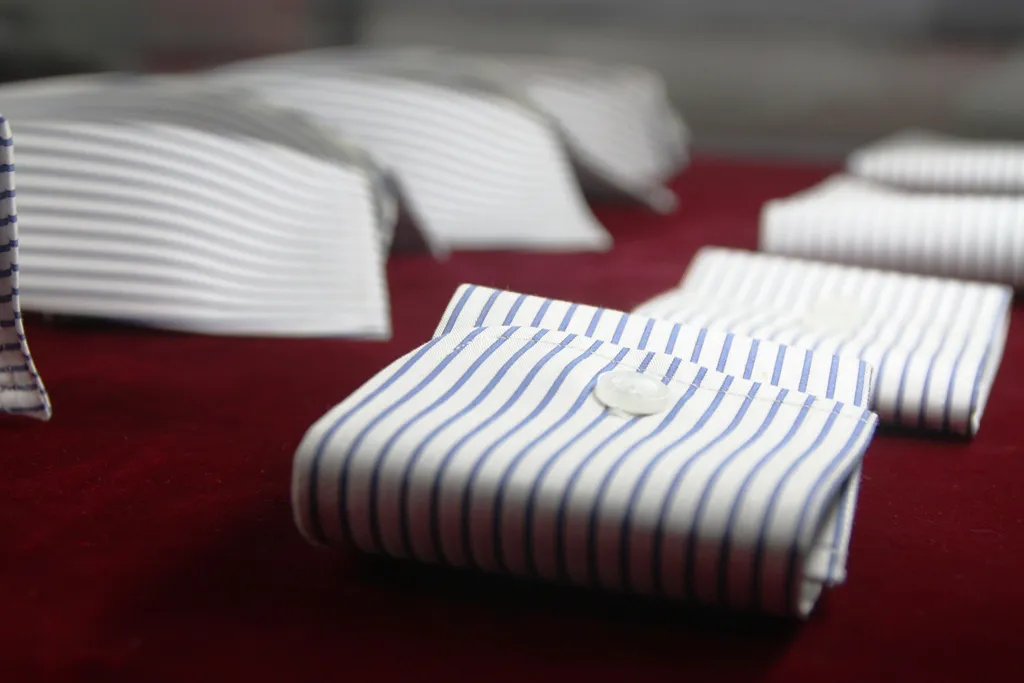
2. Choose your fabric. Again, here you have two choices: Bring your own or choose from the shop’s selection. Sourcing your own fabric has its advantages: You’re getting exactly what you want and at a price that you’re happy with. This obviously works best with more expensive or higher quality fabrics that may not be available at the shop.
On the other hand, do you really want to be lugging heavy stacks of fabric on your vacation? Most of the shops have a decent selection of fabrics, both imported and local, in cotton, wool, cashmere, silk and more.
The Vietnamese textile industry isn’t as developed as in neighboring Asian countries (China, Korea, Indonesia, for example), and shop owners will delight in telling you where a fabric was manufactured.
Some, more experienced shoppers, may hit the larger fabric markets in Hanoi or Ho Chi Minh City before arriving in Hoi An, meaning they have more time to choose and more options to choose from while not having to cart around fabric from their home countries.
The most common option is to use fabrics on hand at the shop. Because they deal in high volume, they’ll usually have a fair selection of the most common fabrics in the most common colors. If you’re looking for something more eclectic, you’re definitely better sourcing your own.
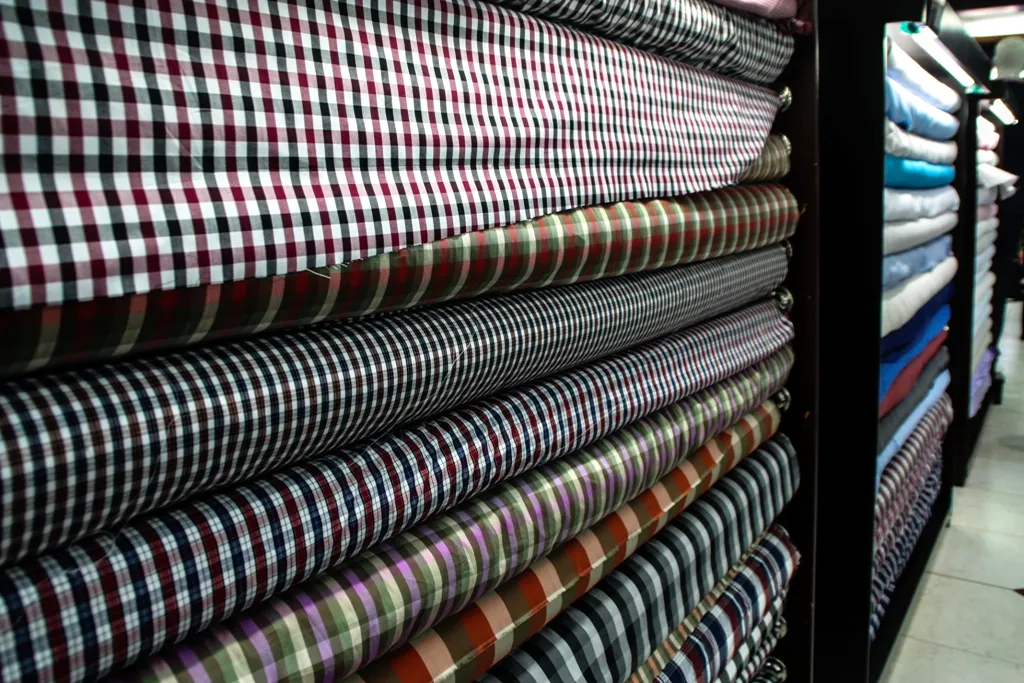
The quality of fabrics will also vary widely. Two very similar-looking wools may vary hugely in price, depending on the quality and where it was made (Asia versus Europe). Shops that specialize in certain garments (eg. suits, Vietnamese silk tunics, weddings, etc.) will obviously carry a much larger selection of specialty fabrics compared to a mom-and-pop shop that advertises all kinds of garments.
The salespeople are also a wealth of information and will likely recommend certain fabrics suitable for a particular style.
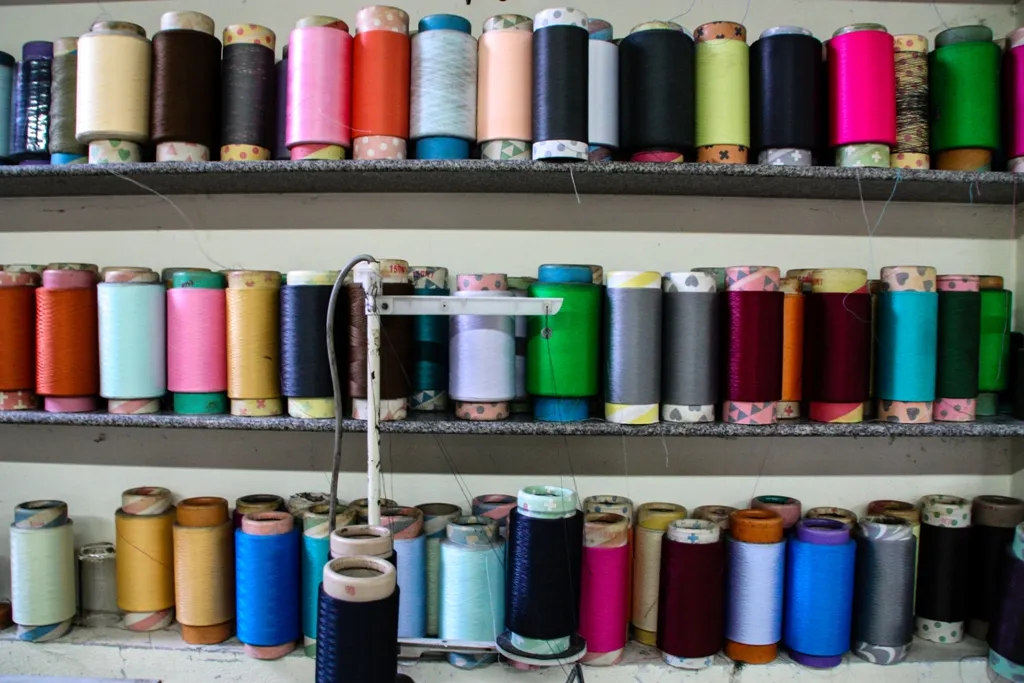
3. Get measured. The best part of having a garment custom-made is obviously the fit – something flattering for your body shape but comfortable at the same time. The tailors have measuring down to a science, usually involving one person with a measuring tape calling out measurements to someone with a notebook (to which they’ll also attach a swatch of the chosen fabric).
Not only does this system ensure accuracy, but your measurements are always on record if you decide to get something else made later on! Also, don’t be surprised if they ask to take some cell phone photos of you. This is to show the tailor and alert them to any special body shape characteristics they should keep in mind as they’re making your garment.
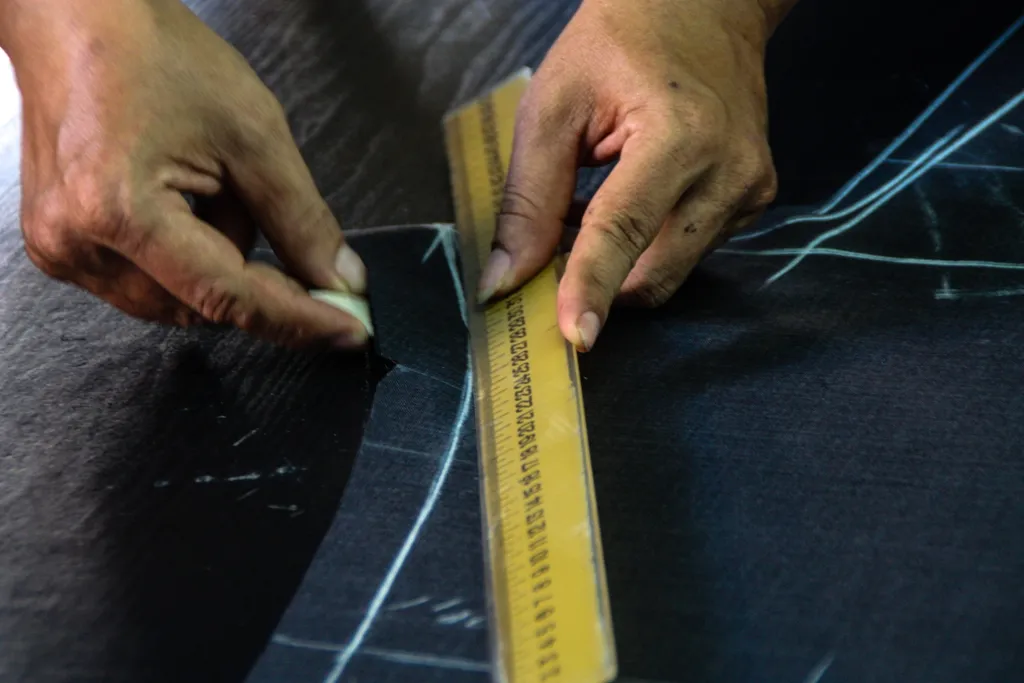
This is also the time to tell the tailors if you like your clothes to fit a certain way, eg. roomier in the shoulders or more fitted to the torso, etc. They’re very good at altering clothing, but it’s best all around if you give them as much information as possible during your first visit.
4. Settle on pricing. While a few shops are fixed price, the vast majority have fluid pricing, depending on a host of factors: cost of fabric, how labor-intensive the garment is, how fast you want it, whether you want any extras (eg. lining, French cuffs, etc.).
Obviously, having a local Vietnamese friend with you (or better yet, someone who is a long-time customer of the tailor’s) would be ideal. If a tour guide brings you to the place, the shop will probably add his commission (sometimes up to 20-30% of the total value!) to your price which he’ll come pick up after you’ve paid. That’s simply the way most businesses work in Vietnam.
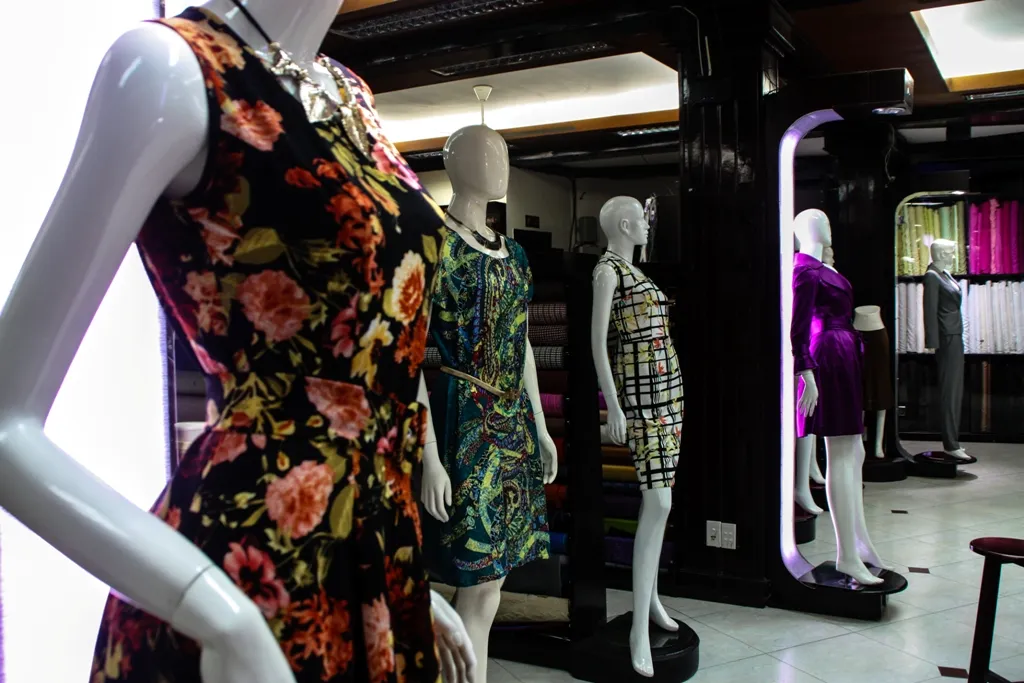
It pays to do a bit of shopping around to get a feel for general prices, but in the end, finding a tailor that’s communicative and professional will likely be worth the few extra dollars. It’s also standard practice to leave a deposit (usually around 50% of the total cost).
This ensures that you’ll be back to pick up your custom clothing and also protects the shop if you’re completely unhappy with what they make. A very small handful of shops will offer a money back guarantee if you’re unhappy. (See our recommendations at the end of this post.)
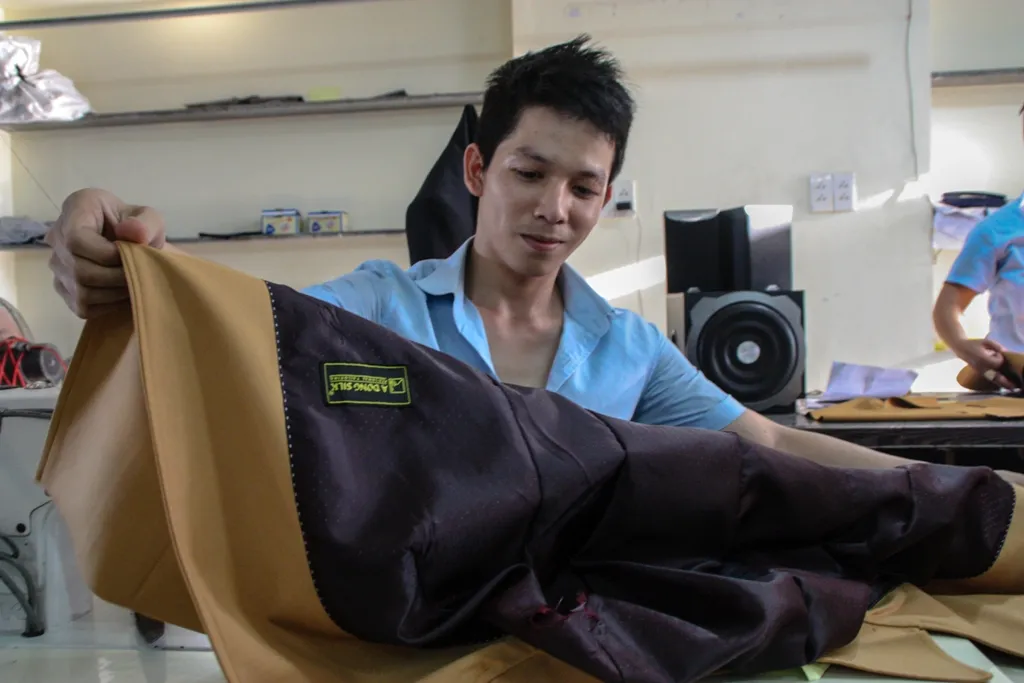
5. Settle on a fitting schedule. Most of the shops make the clothes off site. For smaller shops, it might be the wife who runs the shop and meets the customers while the husband does the actual sewing at home. Larger shops will have an entire workroom with dozens of tailors at their disposal.
Either way, the tailors of Hoi An are known for being very fast. The initial fitting may be later that same day or the next day. Even small shops have a network of freelance tailors who can pitch in if they receive too many orders. In all, expect at least 2-3 fittings.
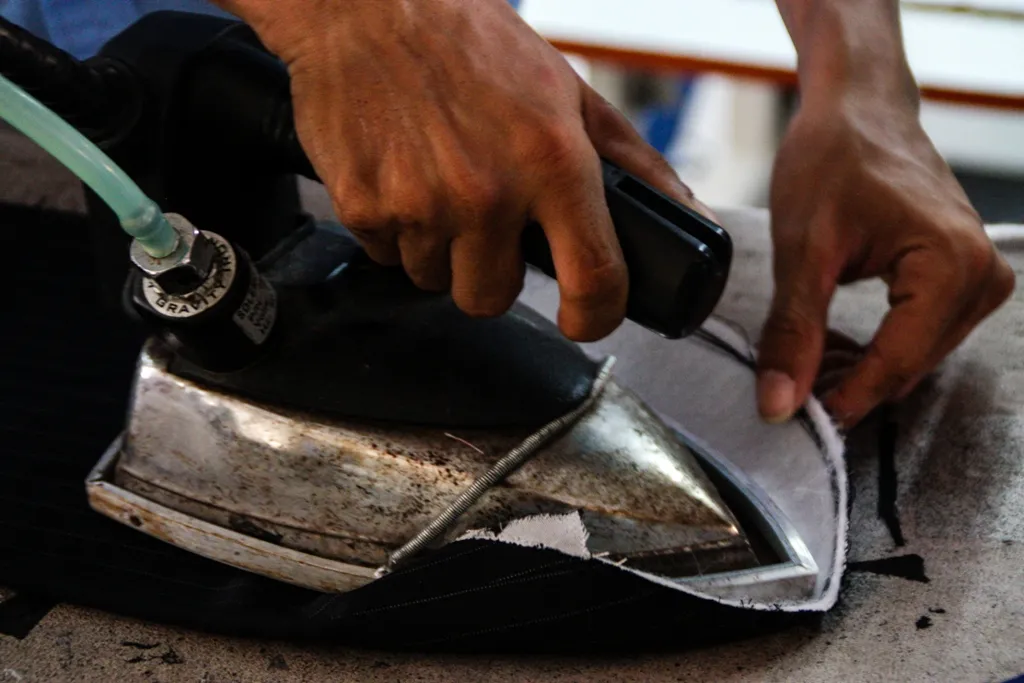
A typical schedule might be: Place the order in the morning. Come back the next morning for an initial fitting. Come back later that day for a second fitting. And then a final fitting the day after when you come back to pick up the clothes.
Obviously, this will largely depend on how complicated your garment is, especially when it comes to suits, evening or wedding dresses, or more structured garments like trench coats or pea coats.
Even if a garment doesn’t fit well initially, you’ll be amazed at how quickly the Hoi An tailors can rip out the seams and totally alter the garment. They’ve been doing this a long time, so will intentionally leave lots of wiggle room!
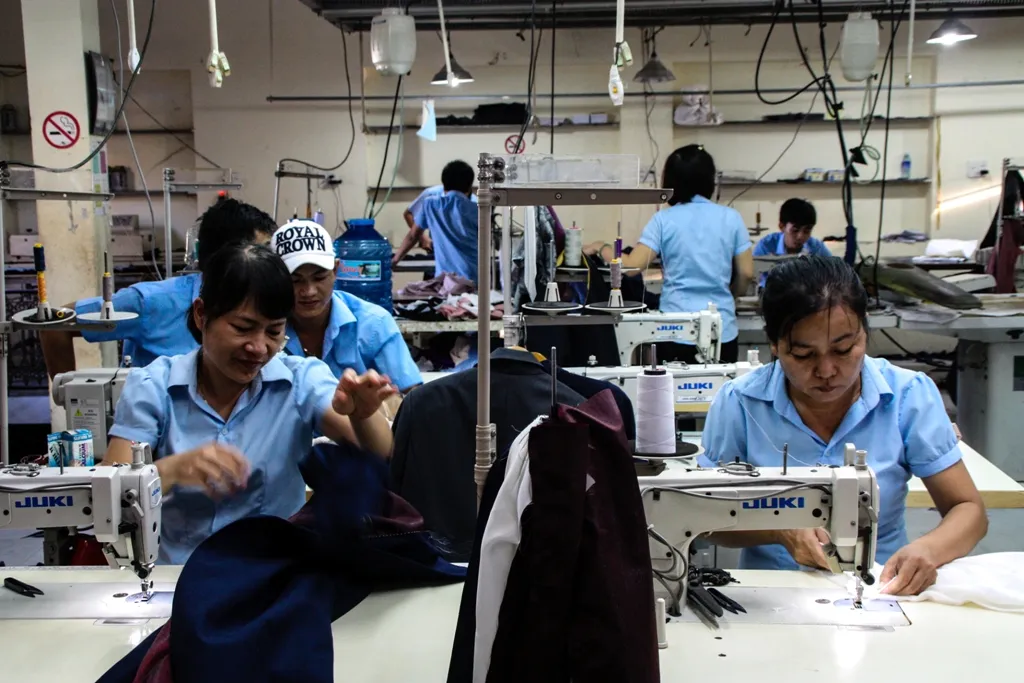
6. Confirm delivery and final payment. With Hoi An being such a small town, you can pick up your clothes at the shop (which makes it convenient to make any last minute adjustments) or if time is an issue, the shop can have someone deliver to your hotel. This will often be a trusted motorcycle driver or member of staff who is only tasked with delivering the garments and collecting the remaining payment.
If there’s something wrong with the garment, you’ll need to come back to the shop during business hours, so reserve hotel delivery for the times when you’re confident the garments will fit well or if you can’t get back to the shop.

Final tips:
- While many visitors will simply pick a shop from the more than 300 listed on TripAdvisor, it’s always best to have a recommendation, if possible. That way, the shop feels some sort of responsibility to a customer they know and value. A good hotel concierge can point you in the right direction, but that said, they’re more likely to point you to a place they’re sure delivers quality tailoring, even if the price may be a bit higher than what you may be able to find on your own.
- Some signs of quality tailor shops include how many fittings they typically offer. If they’re happy to have you come multiple times, that’s a good sign they’re interested in your satisfaction. Also inspect the sample garments in the shop. Are they well made? Is the stitching flawless? Look at the details, for example, the lining and any padding. If the sample seems shoddily made, it’s time to move on to one of the other 300+ shops!
- Don’t be afraid to talk to other travelers, search forums and read reviews. While you’re in a shop, notice others who are coming in for fittings and ask them about their experience so far with the shop and their garments.
- If you’re window shopping, take a business card and notate on the back what item you’re interested in and how much it is. Once you hit your fourth or fifth boutique, they all start looking the same and it’ll be hard to remember which one is which. The business card idea has saved us many times in the past!
- Do your tailoring early in your visit, leaving as much time for alterations as possible. While some shops can turnaround clothing at a dizzying rate, budget 3 days if possible from the time you place your order until you leave Hoi An.
- Once you know you’ll be visiting Hoi An, start collecting inspiration for your garments by saving images and websites, cutting out pictures or picking up fabric you like.
- Peg your expectations to the kind of shop you choose. Obviously, larger, more expensive shops can afford to hire the most experienced tailors. That said, some of the smaller shops turn out beautiful clothing as well.
- Ties are also a good buy in Hoi An, starting at USD 3-4! They can also custom make ties from any fabric you choose.
- As with buying almost anything in Vietnam, the seller is more likely to give you a small discount if you buy multiple items. The margins that the smaller shops operate on are rather small, so don’t expect a large discount as if you were buying something ready-made. A big smile and a promise to tell all your friends about them usually does the trick to know a few dollars off!
Our guests have consistently recommended two shops. These are unbiased recommendations as we do not receive commissions from either…
A Dong Tailors (multiple locations) offers a higher-end experience with a slick website, large air-conditioned showrooms, welcome drink and fixed prices. Expect to pay USD 20 for a dress shirt using local cotton fabric (USD 40 for the same shirt in silk). Men’s suits start at USD 120. Fabric prices are clearly marked as well.
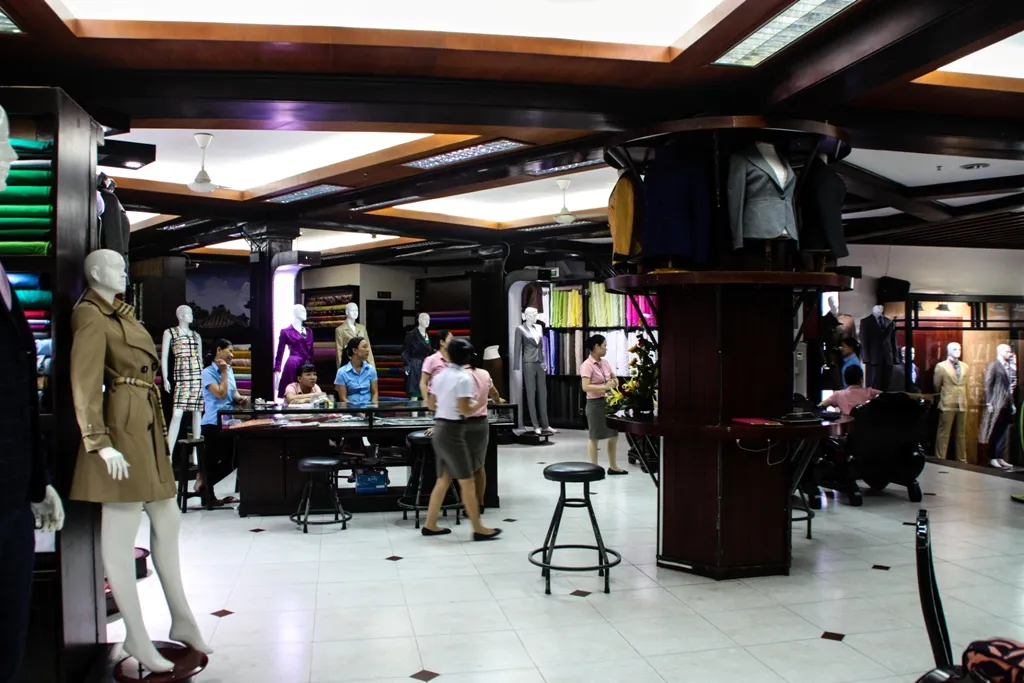
They employ over 80 tailors in a separate workshop to keep up with orders from their three locations.
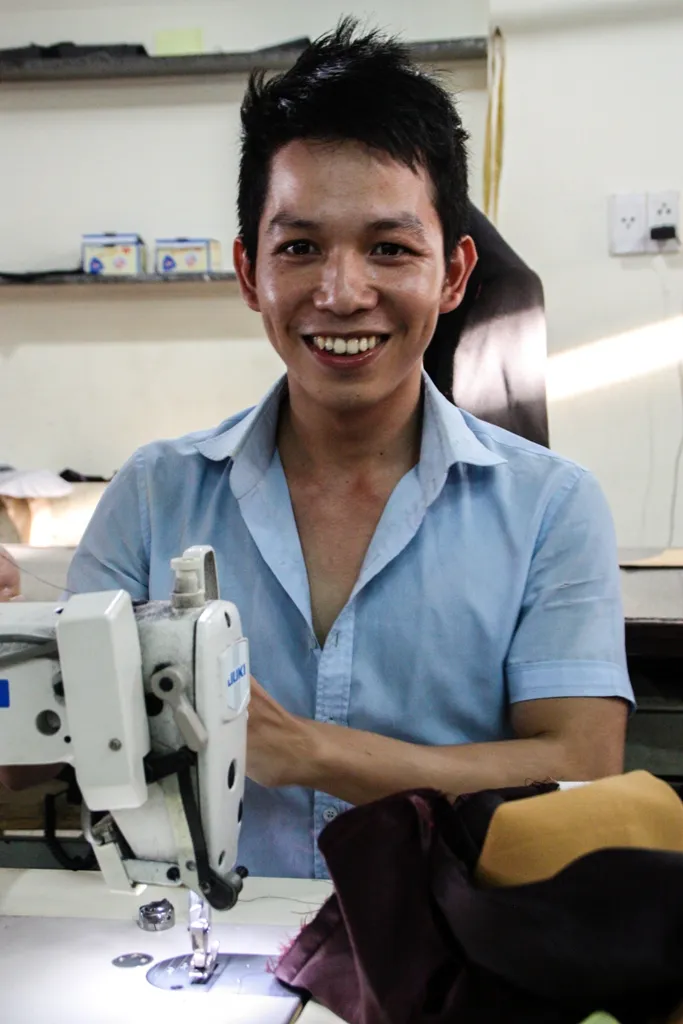
Whatever tailor you end up choosing, getting tailored clothing is an affordable luxury in Hoi An. Happy shopping and let us know if you have any other tailor recommendations in the comments.
